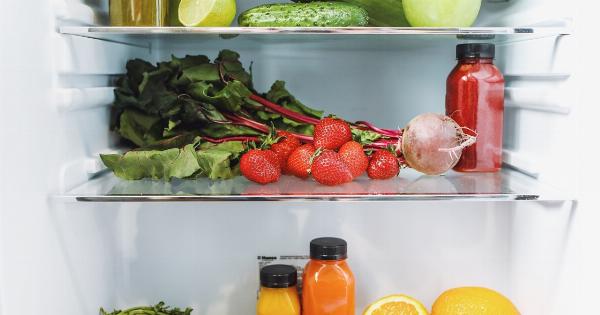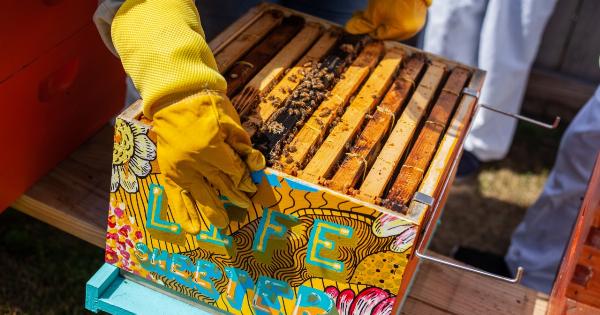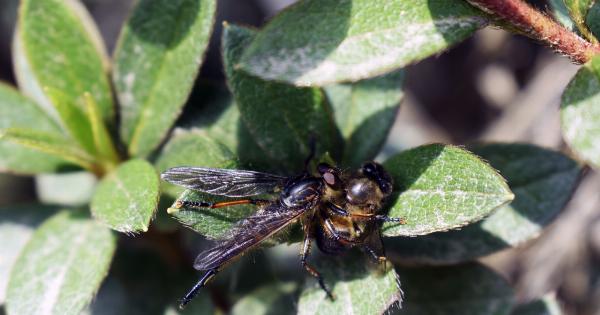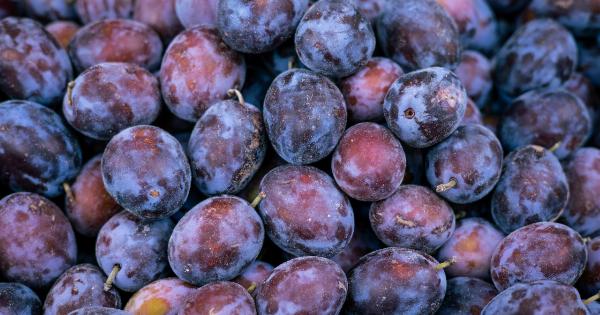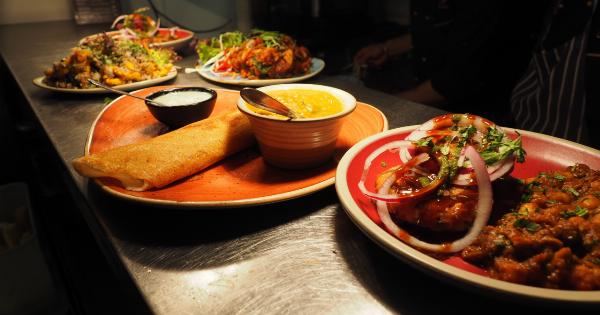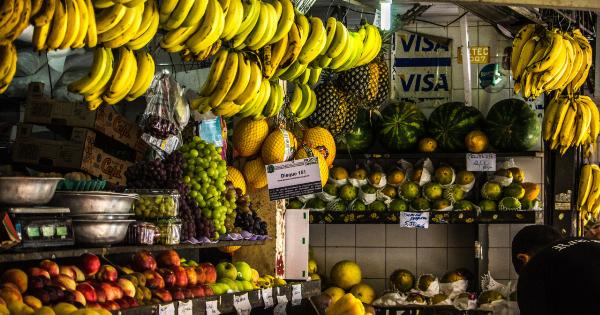The world’s population is on course to reach 10 billion by the year 2050, which presents a huge challenge for ensuring adequate food supplies while also reducing the impact of agriculture on the environment.
Climate change, water shortages, and soil degradation are all problems that must be addressed if we are going to sustainably feed such a large population. Here are some predictions for how food production and consumption will change in the coming decades.
1. Vertical Farming
Vertical farming involves growing crops in stacked layers that use artificial lighting instead of sunlight. This method of farming has the potential to greatly increase crop yields while using fewer resources.
What’s more, since vertical farms can be built in cities, they can dramatically reduce the distance that food has to travel from farm to plate. By 2050, it is likely that vertical farming will be a major source of fresh produce for urban populations.
2. Insects as a Protein Source
With the world population growing, we need to find alternative sources of protein.
Insects are an excellent option: they have high protein content, are cheap and easy to farm, and require much less land, water, and feed than traditional livestock such as cows and pigs. By 2050, it is possible that insects will be a common protein source for humans and livestock alike. There is already a growing market for insect-based products such as cricket flour and protein bars.
3. Lab-Grown Meat
Lab-grown meat, also known as cultured meat, involves growing muscle tissue in a lab and then using it to make meat products such as burgers and sausages.
This method of meat production has the potential to greatly reduce the environmental impact of meat consumption, since it requires much less water and land than traditional livestock farming. By 2050, it is possible that lab-grown meat will be a common sight in supermarkets and restaurants.
4. Precision Agriculture
Precision agriculture involves using technology such as sensors and GPS to optimize farming.
By collecting and analyzing data on soil health, weather patterns, crop growth, and more, farmers can make more informed decisions about when, where, and how to plant and harvest crops. This can lead to higher yields, lower costs, and reduced environmental impact. By 2050, precision agriculture will likely be the norm rather than the exception.
5. Plant-Based Diets
As more people become aware of the environmental impact of meat consumption, plant-based diets are becoming increasingly popular. By 2050, it is likely that plant-based diets will be much more common than they are today.
This will not only reduce the impact of meat consumption on the environment, but also reduce the incidence of heart disease and other health problems associated with high meat consumption.
6. Climate-Resilient Crops
Climate change is already having an impact on food production, with extreme weather events such as droughts and floods becoming more common.
To ensure food security in the face of these challenges, scientists are developing new crop strains that are better adapted to changing climate conditions. By 2050, it is likely that many of the crops we eat will have been bred to be more resilient to climate change.
7. Agricultural Robots
Robots are already being used in agriculture to perform tasks such as sowing, weeding, and harvesting. By 2050, it is likely that robots will have replaced many of the manual tasks currently performed by farm workers.
This will not only reduce labor costs, but also improve efficiency and reduce the environmental impact of agriculture.
8. Sustainable Packaging
The use of plastic packaging has become a major environmental issue, with millions of tons of plastic waste ending up in our oceans and landfills every year.
By 2050, it is likely that sustainable packaging materials such as biodegradable plastics and plant-based materials will have largely replaced traditional plastics.
9. Food Waste Reduction
Currently, around a third of all food produced in the world is wasted. This is not only a waste of resources, but also a major contributor to greenhouse gas emissions.
By 2050, it is likely that there will be much greater efforts to reduce food waste, both at the consumer and the producer level. This will be driven in part by the need to feed a growing population with limited resources.
10. Crops for Carbon Capture
Carbon capture is an important part of efforts to mitigate the impact of climate change. Currently, plants are the only carbon capture technology that is both effective and scalable.
By 2050, it is possible that there will be widespread cultivation of crops such as hemp and switchgrass, which are particularly effective at storing carbon in the soil.




